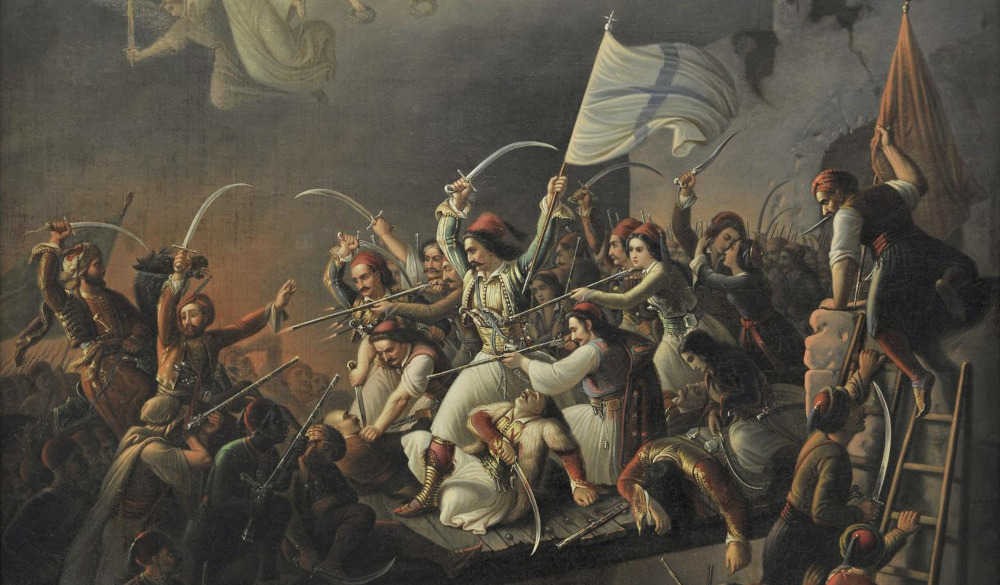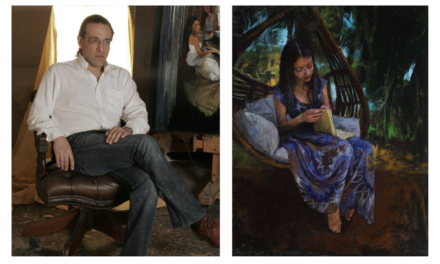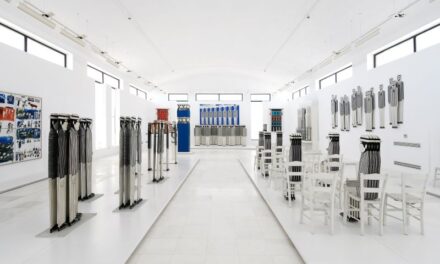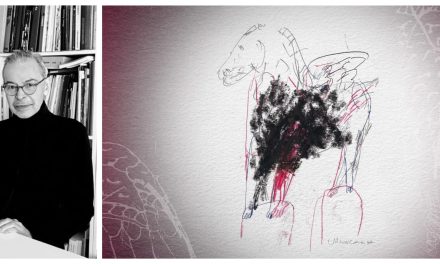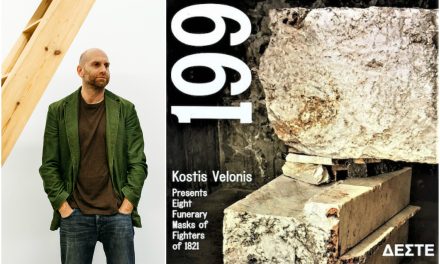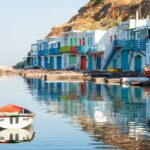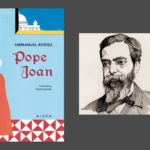The dramatic events of the Greek War of Independence have served as a source of inspiration for many Greek and international artists, and have been the subject of several world-famous paintings, such as Eugène Delacroix’s Massacre at Chios and Greece on the Ruins of Missolonghi.
Greek painters of the 19th century, most of them part of the so-called “Munich School“, very often drew their subjects from the history of struggles against the Ottoman rule, as was natural for those living in the direct aftermath of the War of Independence. Some of the most memorable works exemplifying that are The Burning of the Turkish Flagship by Kanaris, painted by Nikephoros Lytras, patriarch of the Greek “Munich School”, The burning of a Turkish frigate by seascape master Konstantinos Volanakis and The Oath by Dionysios Tsokos.
But no one has been associated with the visual representation of the Revolution of 1821 more than Theodoros Vryzakis (1814/19–1878), one of the founders of the “Munich School”. Although he lived abroad for the better part of his life, his works are almost exclusively inspired by Greek themes, especially historical ones. He is famous for his paintings depicting scenes and figures from the national struggle for independence, and his name has been inextricably linked with these widely reproduced images.
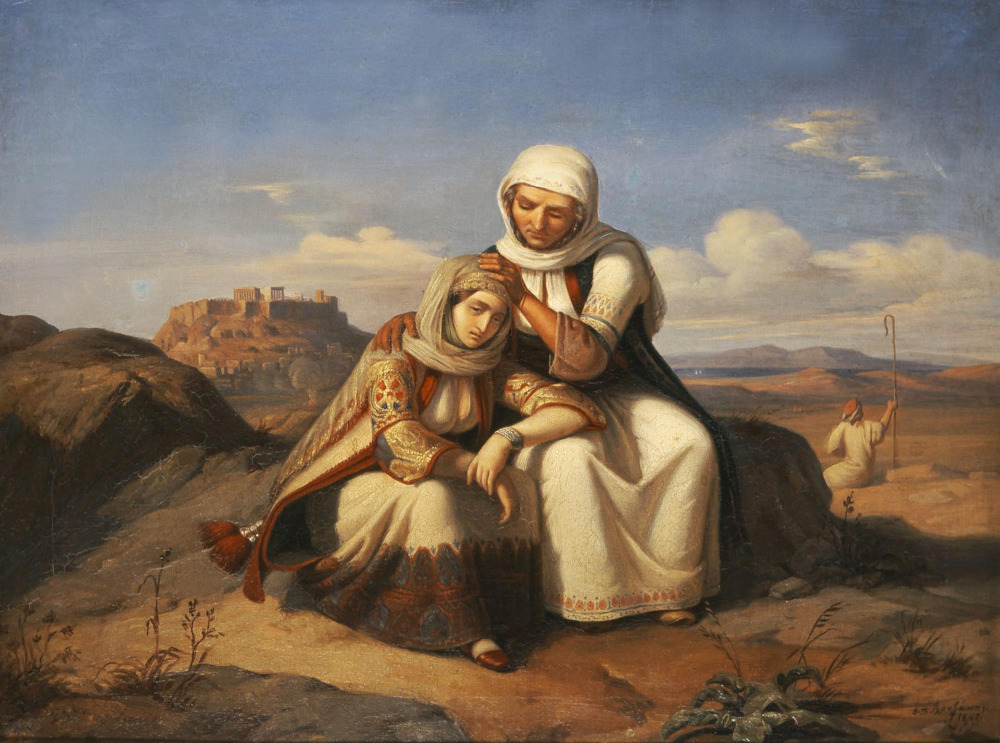 Solace, 1847 (National Gallery–ASM)
Solace, 1847 (National Gallery–ASM)
Early life and studies
Theodoros Vryzakis was born in either 1814 or 1819 in the Greek city of Thebes (then part of the Ottoman Empire). His father, Petros, took part in the Greek War of Independence, and was hanged by the Ottoman Army in May 1821, while his mother took refuge in the mountains along with their children. Theodoros and his brother Euthymios were later taken in by the Orphanage established on the island of Aegina in 1829 by Governor Kapodistrias.
According to some sources, German classical scholar and educationist Friedrich Thiersch was the one to discover Vryzakis’s artistic talent in 1832, during his visit to Greece; Thiersch is believed to have encouraged him to continue his education in Munich on a special grant for orphans of the Greek war. Vryzakis indeed continued his studies in Munich, and eventually settled there permanently. In 1844, he was accepted at the Munich Academy of Fine Arts, on a scholarship from the city’s Greek community.
Career and style
Vryzakis was among the first Greek students of the Munich Academy, starting a tradition for aspiring Greek artists that would continue in the following decades, and thus giving rise to the so-called “Munich School”, the chief artistic movement in 19th-century Greece. The Greek Munich School mostly drew its characteristics from academic realism, stylistically leaning towards Neoclassicism, but also with a clear influence from Romanticism, especially thematically. Its main representatives include Dionysios Tsokos (1820–1862), Konstantinos Volanakis (1837–1907), Nikephoros Lytras (1832–1904), Nikolaos Gyzis (1842–1901) and Georgios Iakovidis (1853–1907).
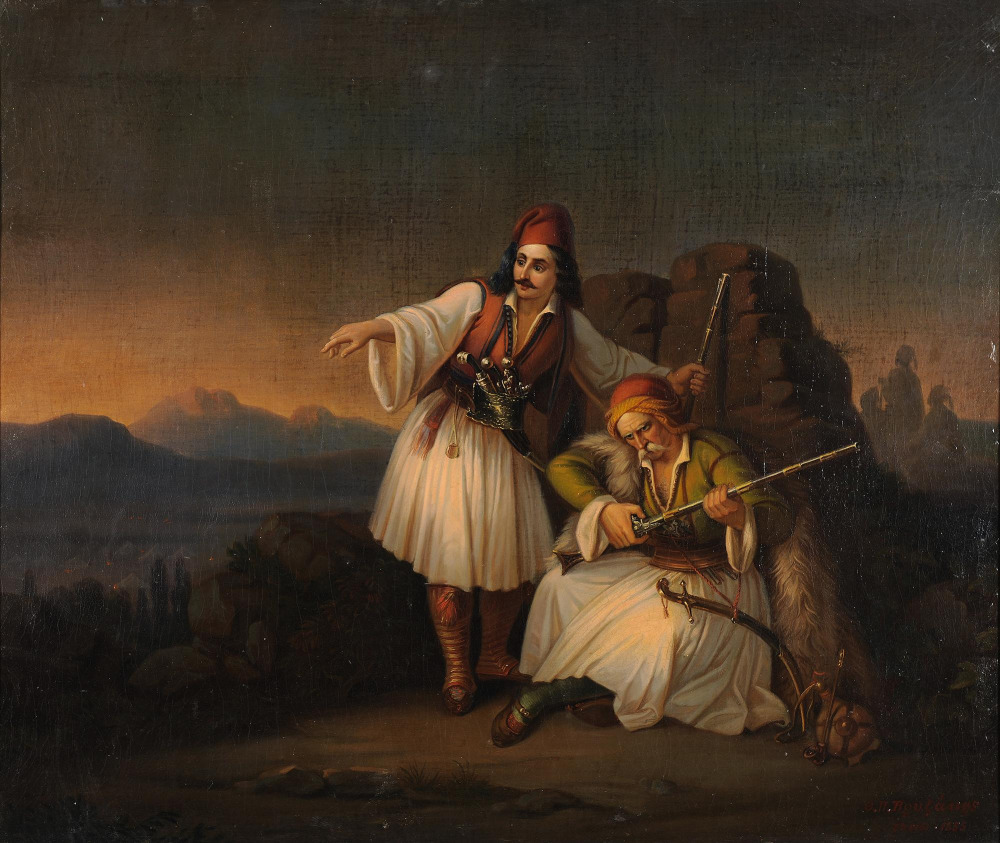 Two Warriors, 1855 (National Gallery–ASM)
Two Warriors, 1855 (National Gallery–ASM)
The artist who had the greatest influence on Vryzakis was Peter von Hess (1792–1871); especially famous for his historical paintings, he had created many works inspired by the Greek War of Independence and the first years of the Greek state. Another artist who deeply inspired him was Karl Krazeisen, a Bavarian soldier and philhellene who had fought in the on the side of the Greeks in 1826–1827. He became famous for a series of extremely realistic lithographic portraits of several heroes of the war, based on sketches he had drawn from life; these portraits were subsequently used as a reference by other artists –including Vryzakis himself – when they depicted these historical personalities. Other influences on Vryzakis’s work include Carl von Heideck, Joseph Petzl and Joseph Stieler.
Supported by his scholarship, the painter made travels in Europe; he returned to Greece from 1848 to 1851, in order to study the landscapes and the figures that interested him for his historical paintings. On his return to the Bavarian capital, he opened a workshop and had several young apprentices working under him. In 1861–63 he painted the icons on the iconostasis of the Greek Orthodox Church of the Annunciation in Manchester, under a commission by the local Greek community.
He participated in several exhibitions, including the Universal Exposition of 1855 in Paris and the International Exhibition of 1862 in London. In the final years of his life, a debilitating eye disease forced him to withdraw from his artistic career. He died in Munich on 6 December 1878 from a heart disease, and was buried at the Alter Südfriedhof cemetery. In his will, he left all of the works in his studio to the University of Athens; they were eventually bequeathed by the University to National Gallery–Alexandros Soutzos Museum in Athens.
Vryzakis drew his subject matter almost exclusively from Greek landscapes and imagery, and most of his paintings are inspired from the events and legends of the Greek War of Independence. His style was clearly influenced by Neoclassicism, with a tendency to idealise his figures’ features; he placed great emphasis on details, using vivid colours and creating carefully conceived compositions. Rather than attempting to capture a moment of action, his goal seems to be that of creating romanticised, highly symbolic depictions of great historical events.
Famous Works
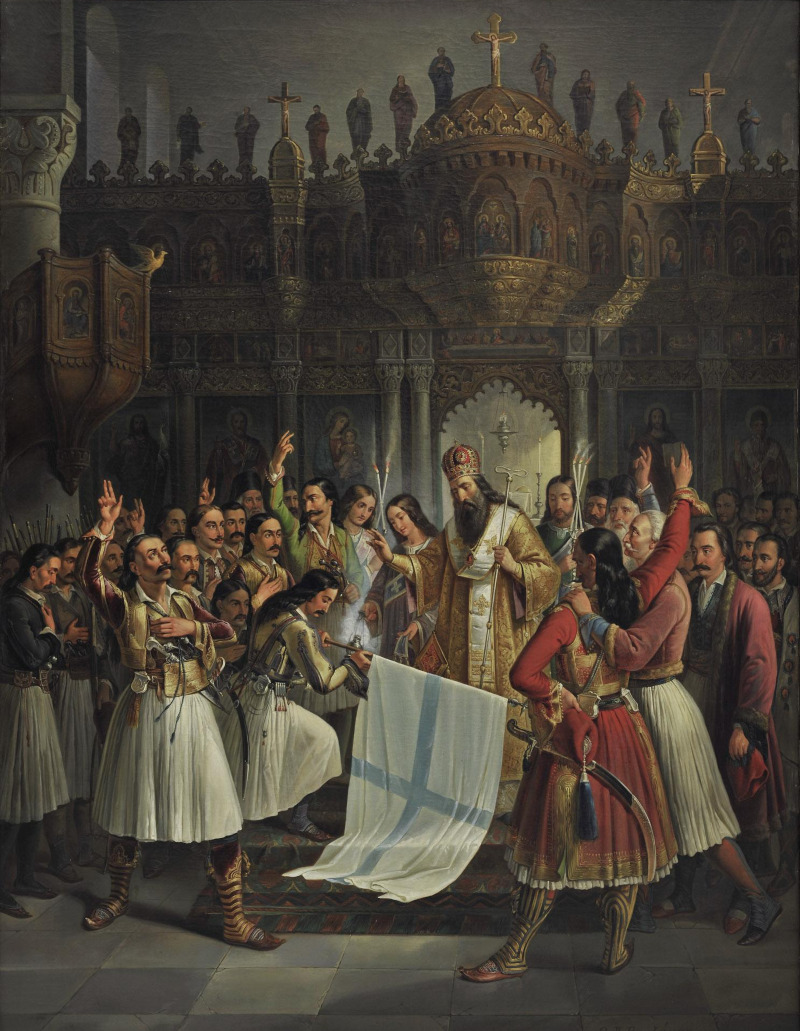 The Bishop of Old Patras Germanos Blesses the Flag of Revolution, 1865 (National Gallery–ASM)
The Bishop of Old Patras Germanos Blesses the Flag of Revolution, 1865 (National Gallery–ASM)
In arguably his most iconic work, the artist depicts what has come to be known as the “legend of Agia Lavra” according to which the Greek Revolution was declared on 25 March 1821 at a triumphal service for the Feast of Annunciation, led by metropolitan bishop Germanos III of Old Patras, at the Monastery of Agia Lavra in the Peloponnese. Germanos supposedly raised the revolutionary flag, and administered an oath to the Peloponnesian fighters. This tradition is mainly based on various sources and reports, especially by French diplomat and ardent Philhellene François Pouqueville, and their historicity has later been debated. It is however unquestionable that Germanos was a prominent member of the Filiki Eteria (Society of Friends) who initiated several others to the secret revolutionary organisation, and his role in the first years of the struggle is well documented. Although the veracity and exact date of the legendary church service is questioned, it has been largely portrayed and reproduced as a strong symbolic moment for the birth of Modern Greece.
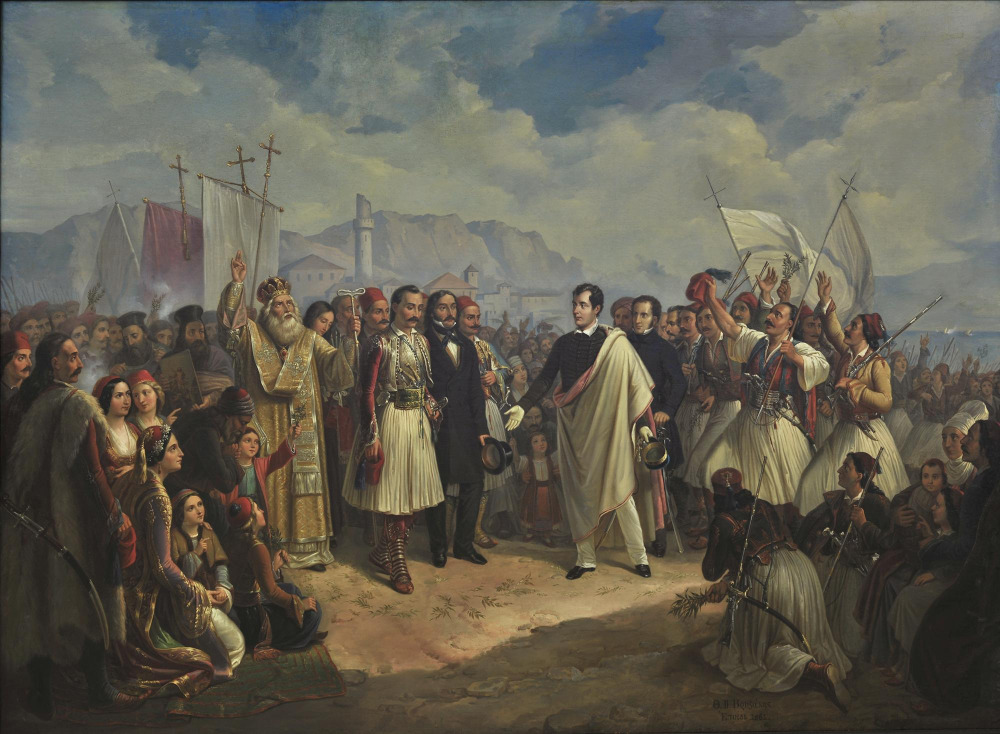 The Reception of Lord Byron at Missolonghi, 1861 (National Gallery–ASM)
The Reception of Lord Byron at Missolonghi, 1861 (National Gallery–ASM)
In 1823, Lord Byron, perhaps the most famous Philhellene, travelled to Greece to act as agent of the London Committee, which had been formed to aid the Greek struggle. He initially sailed for the island of Kefalonia and later leaving for Missolonghi (then a freed territory), where he arrived by boat in January 1824 and was received with great enthusiasm. Byron is portrayed in an almost messianic manner; standing behind is Edward John Trelawny, British adventurer and close friend of the poet, who in reality had sailed with Byron to Kefalonia but very soon left the mainland. Among the local authorities shown welcoming Byron, the man standing out in dark Western clothes is Alexandros Mavrokordatos, a prominent Phanariote politician who commanded units of Philhellenes in the War, and had repeatedly invited Byron to the town in his letters.
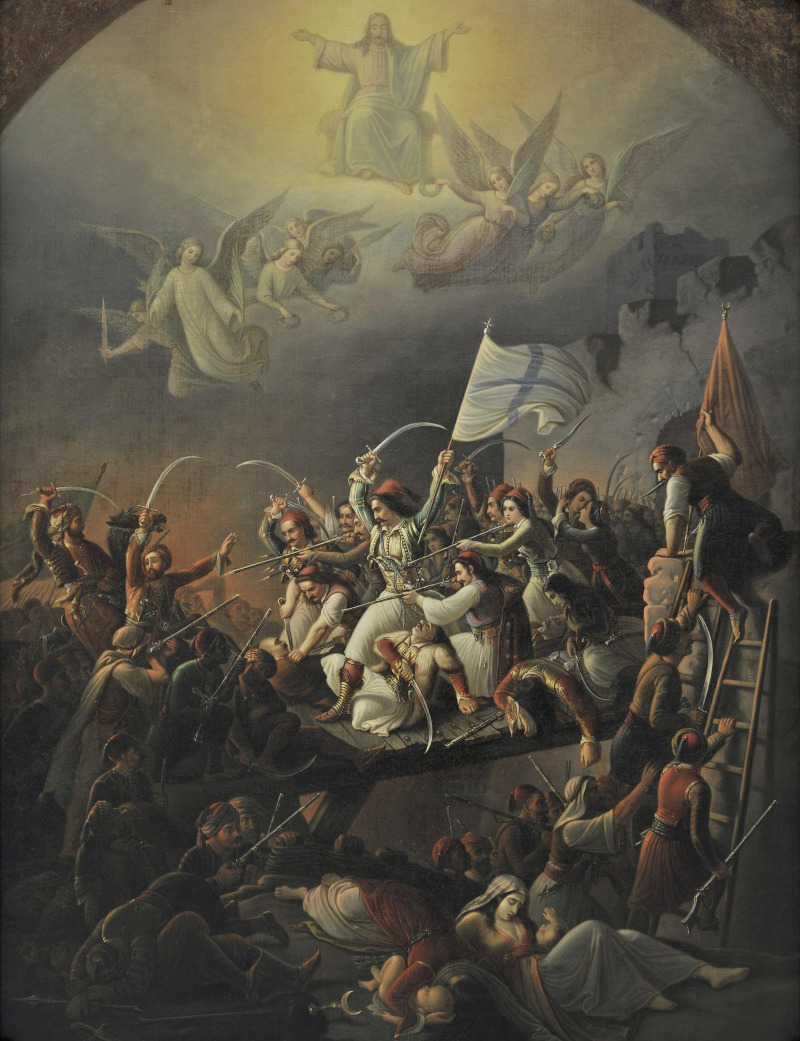 The Exodus from Missolonghi, 1853 (National Gallery–ASM)
The Exodus from Missolonghi, 1853 (National Gallery–ASM)
In one of his most renowned works, Vryzakis presents an idealised depiction of one of the most tragic but also celebrated episodes of the War of Independence. The port town of Missolonghi, in western Greece, was a major stronghold of the Greek rebels and the seat of the Senate of Western Continental Greece. Its inhabitants had successfully resisted a siege by Ottoman forces in 1822, and a second one in 1823. In April 1824, Lord Byron died in Missolonghi of an illness, adding to the fame of the city.
A third siege began in April 1825 by Reşid Mehmed Pasha, whose army was later reinforced by that of the notorious Ibrahim Pasha. It lasted a year, during which the city suffered from constant attacks and, soon, starvation. Finally, the besieged decided on an escape plan but they were betrayed to the enemy; the night of 10 in April 1826, they attempted a sortie, but they were surrounded by the enemy forces, and most of them were killed.
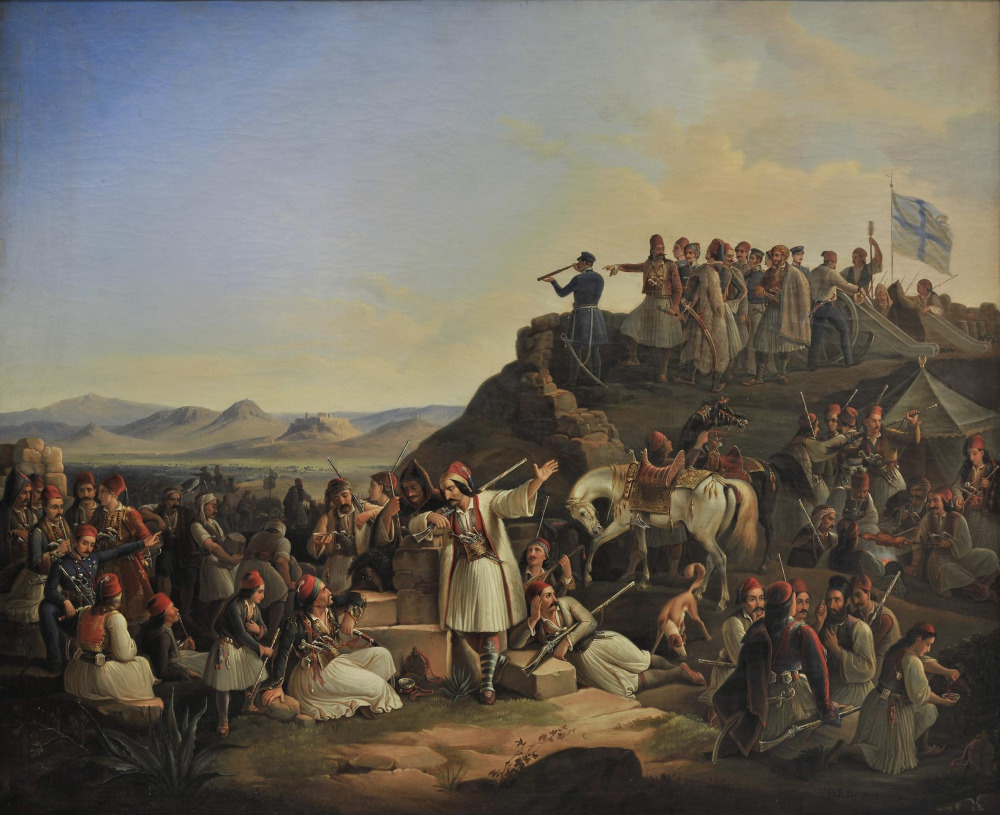 The Army Camp of General Karaiskakis, 1855 (National Gallery–ASM)
The Army Camp of General Karaiskakis, 1855 (National Gallery–ASM)
The painting is set in Phaleron (close to Piraeus) in 1827; a detachment of the Greek army under Georgios Karaiskakis –one of the most celebrated heroes of the Revolution– is shown preparing for battle. Karaiskakis, with many of his men, participated in the failed attempt to raise the Ottoman Siege of the Acropolis, and was in fact fatally wounded ahead of the Battle of Phaleron.
The General is depicted on top of a mound overlooking the scenery, with one hand pointing towards the hill of the Acropolis, visible in the far distance. Next to Karaiskakis, looking through a spyglass telescope, stands Carl Wilhelm von Heideck while, at the far left of the foreground, also in blue uniform, Karl Krazeisen is shown with one raised hand pointing. The two philhellene officers did actually participate in Karaiskakis campaign in Athens, and Vryzakis evidently uses this opportunity to honour them for their contribution to the Greek struggle, while also paying homage to their influence on his art.
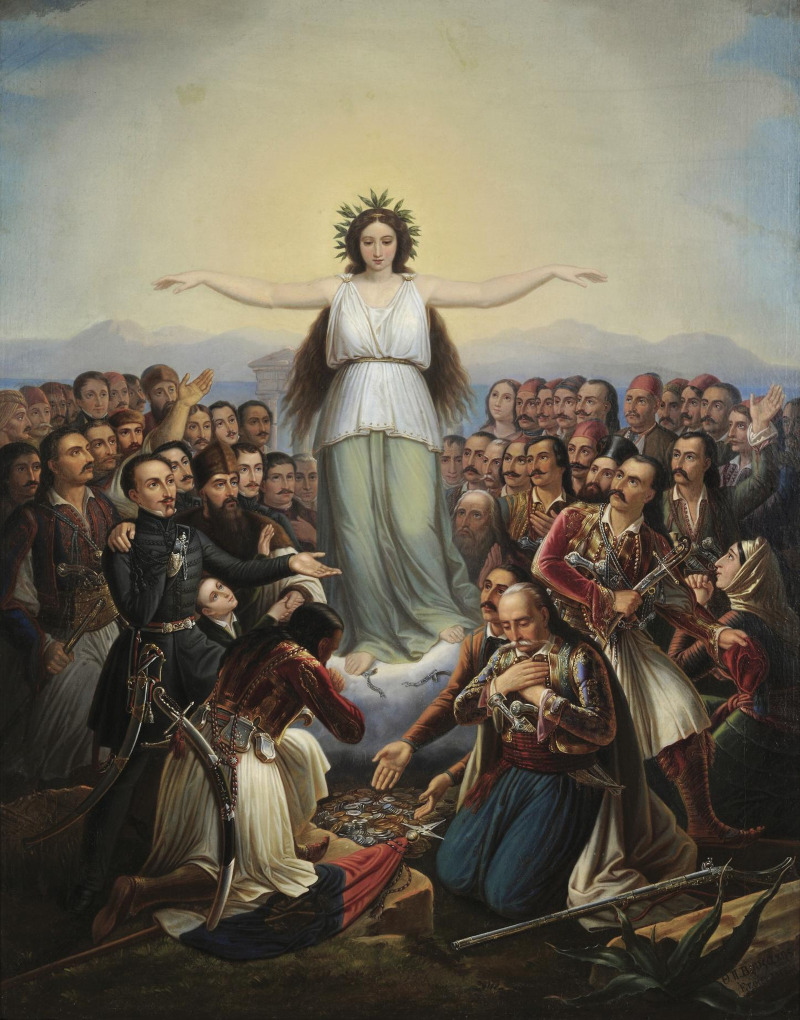 The Defense of the Homeland above All Else, 1858 (National Gallery–ASM)
The Defense of the Homeland above All Else, 1858 (National Gallery–ASM)
In this famous allegory, Greece is personified as a young woman crowned with laurel leaves, wearing an ancient Greek peplos and spreading her arms over a crowd of fighters kneeling around her. There is another, mostly identical version of the painting, named Greece expressing gratitude (1858). The people surrounding Greece symbolise those who took part in the struggle, in one way or another, during or even before the War of Independence; among them stand out prominent historical figures, including writers Rigas Feraios and Adamantios Korais, leader of Filiki Eteria Alexander Ypsilantis (in Sacred Band‘s attire, missing his right arm), Michael Soutzos, Theodoros Kolokotronis, Georgios Karaiskakis, Odysseas Androutsos, Konstantinos Kanaris, Andreas Miaoulis and Laskarina Bouboulina and Governor Kapodistrias..
Read also via Greek News Agenda: The visual representation of the 1821 Greek War of Independence through the eyes of Greek and foreign artists; Nikephoros Lytras, the Artist behind Greek Christmas’ Most Celebrated Painting; Konstantinos Volanakis: the Father of Greek Seascapes; Nikolaos Gyzis, the Greek master of genre painting; Georgios Iakovidis, a painter of childhood; “Greece 2021” | The celebrations for the 200th anniversary of the country’s Independence War
N.M. (Intro image: The Exodus from Missolonghi [detail], 1853 [National Gallery–ASM])
TAGS: ARTS | GLOBAL GREEKS | HISTORY

